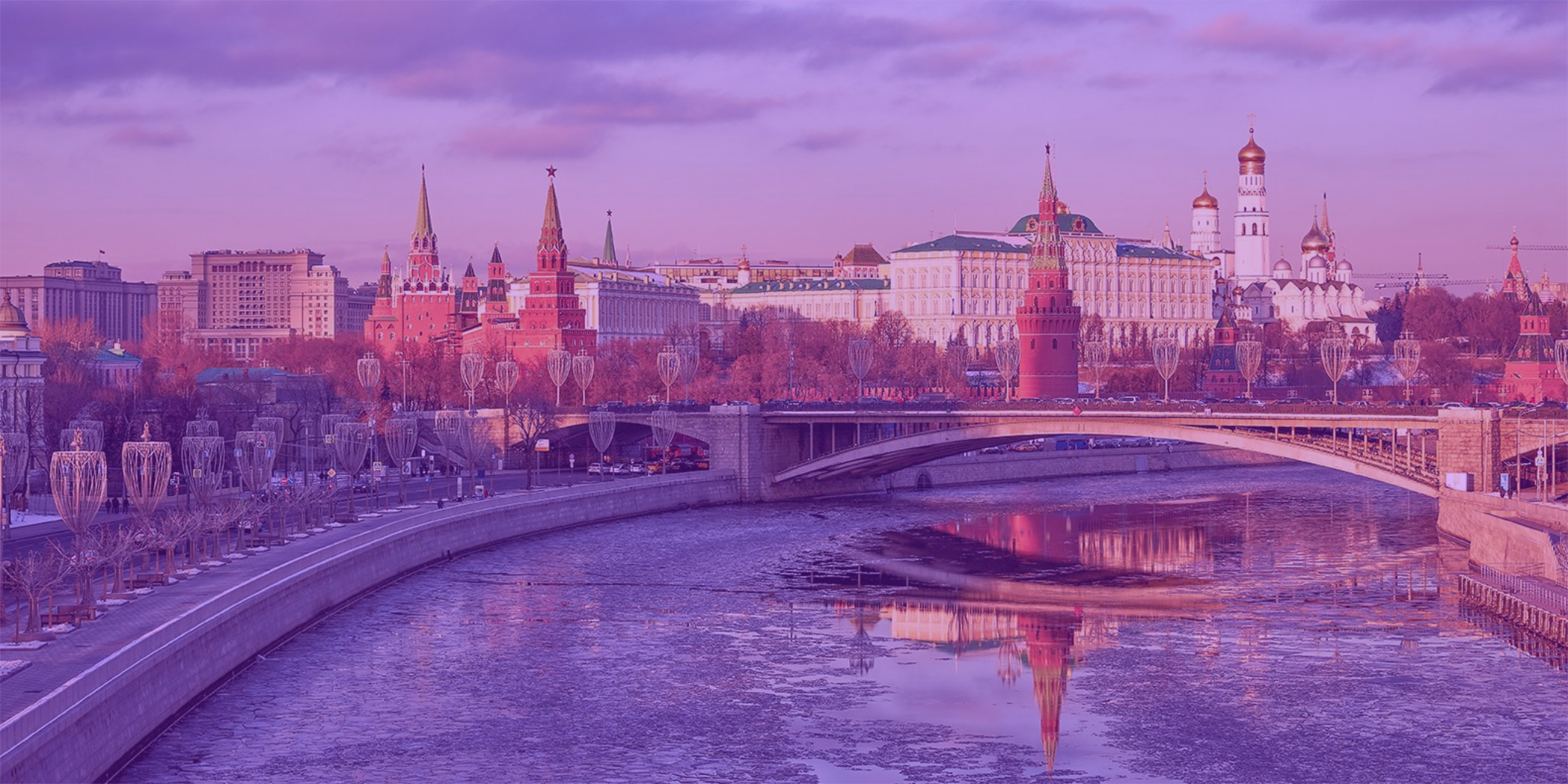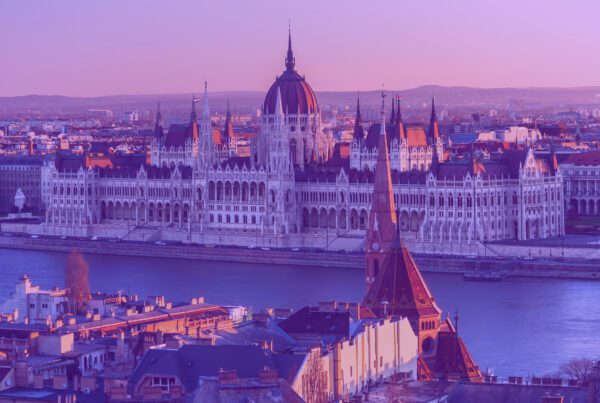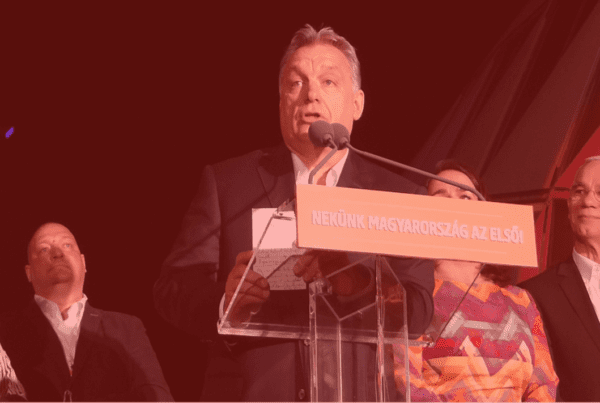Photo: “State Duma, Hotel Moskva, Moscow Kremlin and Bolshoy Kamenny Bridge“, by mos.ru, licensed under CC BY 4.0. Hue modified from the original
McFaul, Michael. “Russia’s Road to Autocracy.” Journal of Democracy 32, no. 4 (October 2021): 11–26.
Abstract
Russia’s democratic collapse must rank as one of the most consequential setbacks among the third and fourth waves of democratization. A comprehensive explanation for Russia’s transition from autocracy and back again counts on both structure and agency, but leans toward agency. Structurally, Russia was forced to navigate democratic and market reforms while managing the dissolution of the Soviet empire. Yet the agency of individual actors may have played a more decisive role: It was Mikhail Gorbachev, not weakening state institutions or a failing command economy, who triggered regime change in the Soviet Union. Following Gorbachev, Boris Yeltsin made decisions that undermined democratic consolidation and to some extent paved the way for future autocratic restoration. The most notable of these was Yeltsin’s naming of Vladimir Putin as his successor. While Russians may be shaped by historical legacies, immutable cultural norms, or static institutions, they are not trapped forever by them. If some Russians in the past made decisions that produced autocracy, others in the future might make choices that engender democracy.







